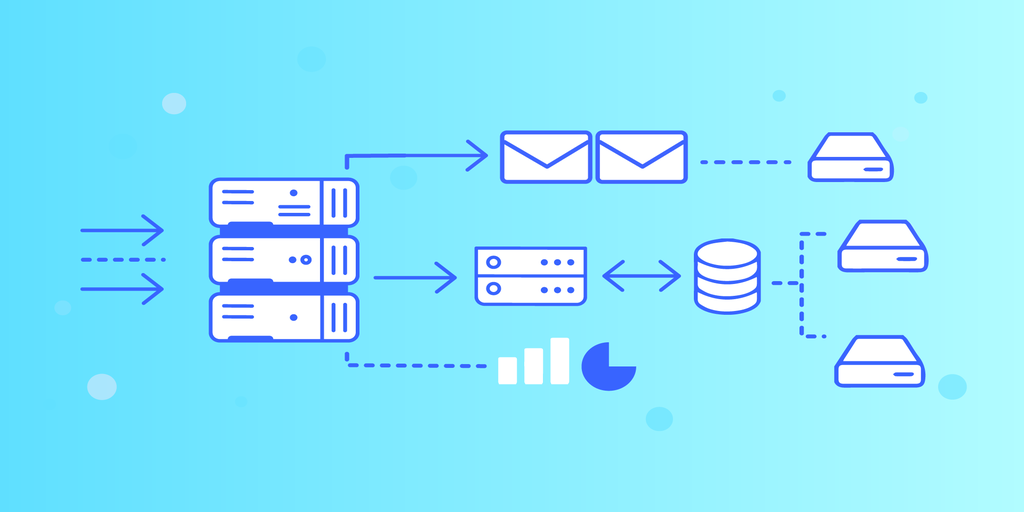Delphi, a robust programming language, provides an array of tools to optimize the development process, where Delphi Data Access Components play a crucial role. This segregation allows for improved modularity, ease of maintenance, and scalability.
- Presentation layer – This tier is the user interface, where users interact with the system. It is responsible for transmitting user input to the underlying business logic layer. The presentation layer is created using VCL or FireMonkey, depending on the type of application being developed.
- Business logic layer – The functionality of the application resides in this tier. It processes user inputs received from the presentation layer, performs required computations, and orchestrates data operations. The emphasis is on implementing business rules. Delphi provides many tools for building this layer efficiently.
- Data storage layer – This tier deals with data storage, retrieval, and manipulation. It interacts with the database or other data storage systems. Delphi Data Access Components come into play in this layer, to connect to databases, execute queries, and handle data operations effectively.
Delphi Data Access Components is a powerful library that allows seamless connectivity to various databases from Delphi applications. It greatly streamlines the database interaction process, enabling developers to concentrate on constructing the application’s fundamental features instead of handling intricate database details at a low level.
- Database connectivity – DACs provide out-of-the-box support for connecting to multiple databases, including popular ones like Oracle, MySQL, SQL Server, and SQLite. This broad compatibility ensures that developers can work with their preferred Delphi database components systems effortlessly.
- Component-based approach – DACs follow a component-based approach, meaning developers use visual components from the Delphi IDE to interact with databases. This drag-and-drop functionality reduces the time and effort required for database integration.
- SQL support – DACs offer comprehensive SQL support, enabling developers to execute complex queries, stored procedures, and database updates directly from their Delphi code.
Implementing multi-tier architectures with delphi DACs
Having acquired a comprehensive comprehension of multi-tier architectures and the importance of Delphi Data Access Components, let’s now delve into the process of implementing a multi-tiered Delphi application. Initiate the journey by crafting the user interface using VCL components tailored to suit your application’s specific needs. Ensure the UI elements are user-friendly and intuitive, facilitating smooth interaction. Implement the business logic that drives your application. Handle user inputs from the presentation layer and process them accordingly. This layer should encapsulate the application’s core functionality.
Utilize Delphi Data Access Components to establish connections to your chosen database system. Set up data access components like TDataSet, TQuery, or TTable to interact with the database. With DACs in place, you now perform various data operations such as inserting, updating, and deleting records from the database. Leverage the power of SQL to execute complex queries and retrieve data efficiently. To prevent unauthorized access to sensitive data, implement security measures. Utilize features like parameterized queries and stored procedures to safeguard against SQL injection attacks. Thoroughly test each layer of your application to ensure that they function as intended and seamlessly interact with one another. Identify and address any potential issues during the testing phase.







